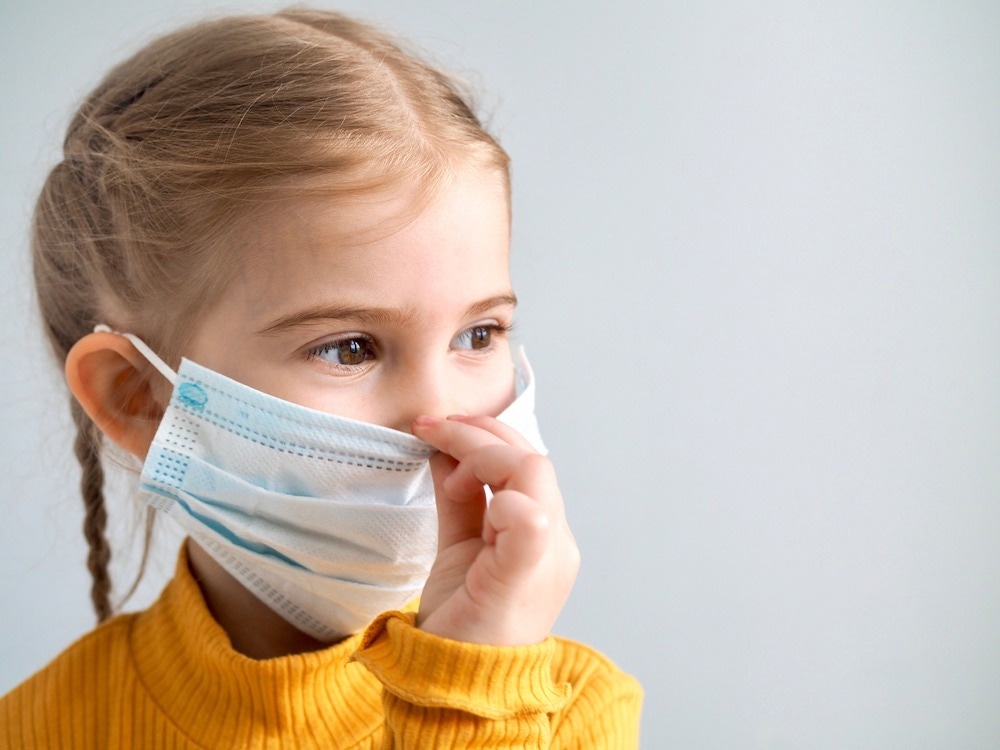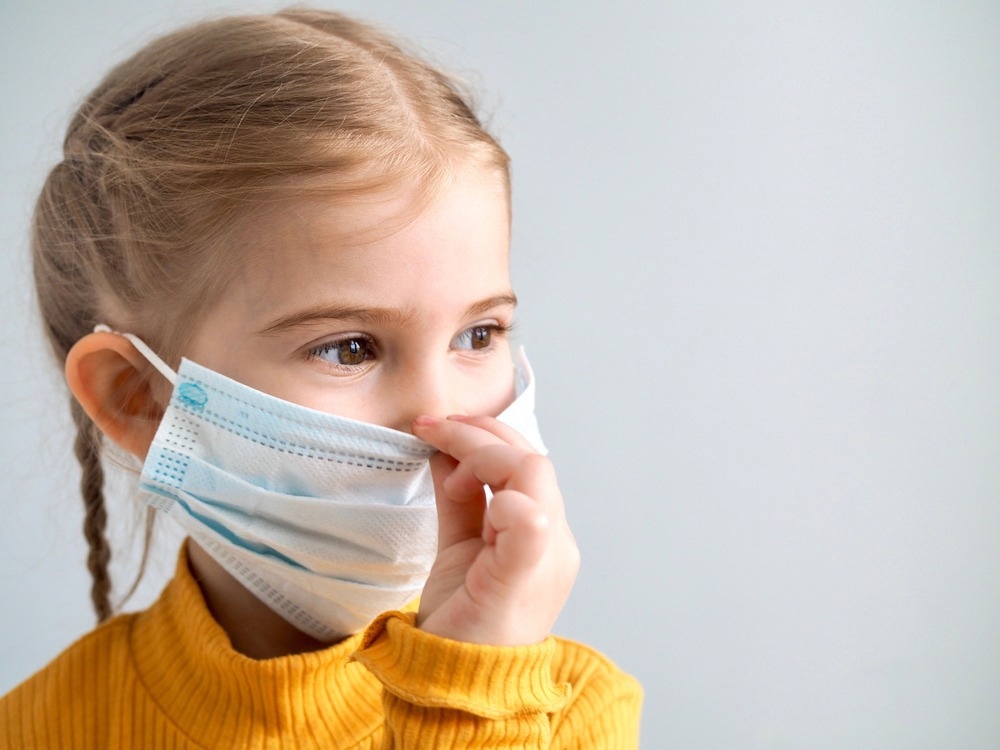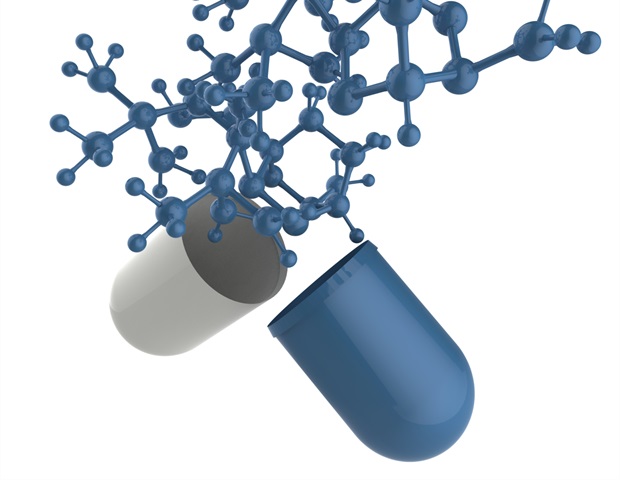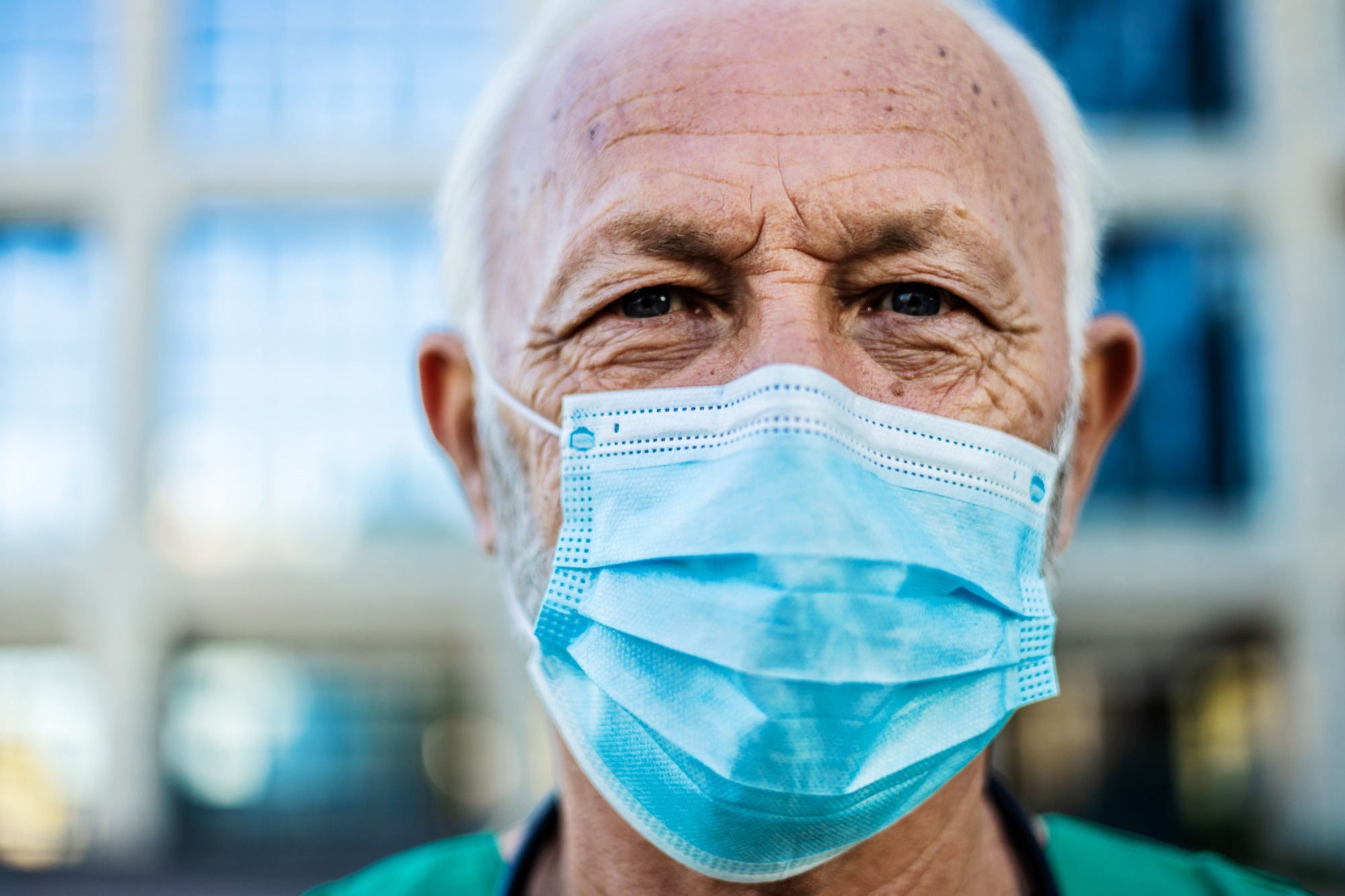In a recent study published in eClinicalMedicine, researchers conducted a systematic review to assess global pediatric severe acute respiratory syndrome coronavirus 2 (SARS-CoV-2) seroprevalence.

Background
Coronavirus disease 2019 (COVID-19) vaccinations have been administered across the globe; however, children (individuals aged below 19 years in the present study) continue to be the largest group of unvaccinated individuals across the globe. The emergence of the highly immune-evasive SARS-CoV-2 Omicron VOC (a variant of concern) and its sub-VOCs has increased pediatric COVID-19-induced hospitalizations and critical care requirements in developing and developed nations.
About the study
In the present study, researchers assessed SARS-CoV-2 seroprevalence among children across nations.
Credible international scientific databases such as Embase, PubMed, Scopus, and Web of Science, and preprint servers such as bioRxiv, SSRN, and medRxiv were searched for systematic reviews on SARS-CoV-2 seroprevalence among children between 1 December 2019, and 10 July 2022. There were no language restrictions.
Keywords included ‘2019 novel coronavirus’, ‘COVID-19’, ‘SARS-CoV-2’, ‘antibody’, ‘coronavirus’, ‘serology’, ‘seroprevalence’, ‘pediatric’, ‘student’, ‘children’ and ‘adolescent’. In addition, the initial 10 pages of Google Scholar were searched using the aforementioned search terms and names of WHO nations. Moreover, the team’s screen included studies’ bibliographies and relevant literature reviews to obtain additional records. When available, institutional reports were also reviewed for each nation.
Furthermore, from studies reporting seropositivity for different isotypes of antibodies, the count of children with IgG seropositivity was analyzed. The records were independently evaluated by three different investigators. Using random-effects meta-analyses, pooled seroprevalence estimates were obtained for different WHO (World Health Organization) regions. Associations with SARS-CoV-2 seropositivity and heterogeneity sources were investigated by subgroup analysis and meta-regression analysis.
The team excluded records documenting SARS-CoV-2 seropositivity among adult individuals, records not including systematic reviews or other literature reviews. In addition, records documenting SARS-CoV-2 seroprevalence on the basis of PCR (polymerase chain reaction) analysis, radiological assessments, or case reports and/or case series were excluded from the analysis. Diagnostic SARS-CoV-2 studies and duplicate studies were also excluded.
SARS-CoV-2 serological epidemiology was stratified based on WHO regions (Eastern Mediterranean, Africa, Southeast Asia, Europe, Western Pacific, and America), WHO sub-areas based on COVID-19 mortality; World Bank income categories, HDI (human development index) levels, global COVID-19 waves, bias risks; and method of COVID-19 diagnosis.
SARS-CoV-2 detection methods included LFIA (lateral flow immunoassays), ELISA (enzyme-linked immunosorbent assays), CLIA (chemiluminescence enzyme immunoassays), IFA (immunofluorescence assays), VNA (virus neutralization assays), LMAS (Luminex multi-antigen serology assays), and LLIS (luciferase-linked immunosorbent assays). Bias risks were assessed based on JBI (Joanna Briggs Institute) tools for seroprevalence, cohort, and cross-sectional analytical studies.
Results
In total, 46,702 records were identified initially, including 43,734 database records, 2703 preprint records, and 265 records from Google Scholar and article bibliographies, of which 45,809 records were irrelevant or duplicates and were therefore excluded. After reviewing the full text of 893 records, 247 records (234 and 13 articles and institutional reports, respectively), including 757,075 pediatric individuals across 70 nations, were considered for the final analysis.
Among the studies, low, moderate, and high risk of bias was reported for 148, 112, and 42 records, respectively. Sampling dates for most studies were the end of 2021 (pre-Omicron or Delta dominance period). Most datasets (n=144) used ELISA analysis for SARS-CoV-2 detection, followed by CLIA (n=97), rapid LFIA (n=46), and other methods, including VNA, LMAS, LLIS, and IFA (n=15).
Seroprevalence estimates varied between seven percent in the initial COVID-19 wave and 38% and 57% in the fifth and sixth COVID-19 waves, respectively. The greatest SARS-CoV-2 seroprevalence rates were observed for Southeast Asia (18% to 82%) and Africa (17% to 66%), whereas the rates were the least for the Western Pacific WHO region (0.01% to 1.0%).
Seroprevalence estimates were higher for children aged 10 years to 19 years, for children residing in underprivileged nations and regions (low-income and low HDI regions), and for children belonging to minor ethnicities. There were no statistically significant differences in pediatric SARS-CoV-2 seroprevalence by sex.
COVID-19 wave at the time of sampling, gross nation-scale per capita income, and the study quality were the key heterogeneity sources. Of the 757,075 children analyzed, 131,361 children demonstrated particular anti-SARS-CoV-2 antibodies. The sensitivity analysis findings indicated that the study findings were highly robust.
Conclusion
Overall, the study findings demonstrated that by the end of the year 2021, during Delta VOC dominance, 50.0% to 70.0% of pediatric individuals worldwide showed COVID-19 susceptibility. The findings underscored the need for expanding COVID-19 vaccination programs to pediatric and adolescent individuals, especially those residing in underprivileged regions and belonging to minor ethnic backgrounds.















